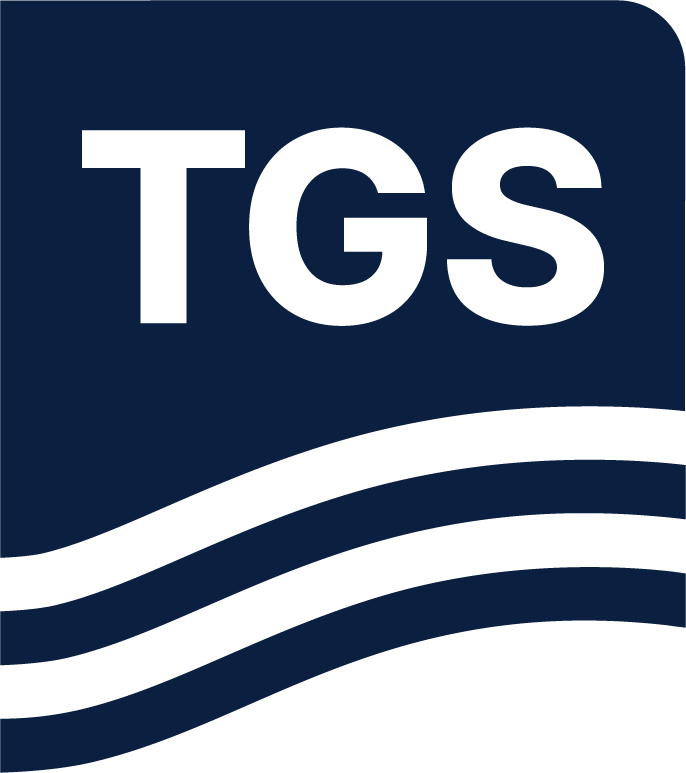Paper Summary
This report is to share an experience in getting a high-resolution and accurate velocity model by layer-striping tomographic scheme over ultra-faulted geological structures. With the precise model and adequate signal processing, the anisotropic Kirchhoff pre-stack algorithm was well-imaged to improve the accuracy and reliability of the seismic reflector, fault definition, and data bandwidth. The new interpretation on the re-processed data illustrates that the hydrocarbon volume in the sub-blocks SB-1 and SB-2 had increased by 18%and 13%, respectively. Consequently, resources in the last un-drilled sub-block SB-4 increased by about 44% if put in comparison with the legacy estimates. This evidence has fully supported the decision to drill the final appraisal well with a successful drill stem test (DST) of maximum flow rate of 6,900 barrels oil per day (bblopd). This result converts the project from a marginal discovery to a development stage, and the seismic dataset will continue to support the well-design and optimized drilling locations in the development phase as well as further quantitative interpretation (QI) studies such as AVO and inversion.

